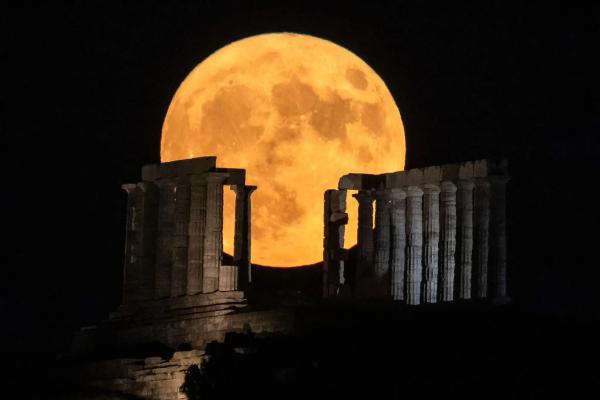
Please join us for an AIA Talk
by Shannon Dunn (Bryn Mawr)
“Poseidon in the Saronic Gulf: Seascapes and Regional Cult in a Maritime Community”
This talk explores the three main sanctuaries of Poseidon around the Saronic Gulf: Sounion, Isthmia, and Kalaureia, and their relationships to the communities of the Gulf. The Saronic was a busy space of commercial and military activity, and the cross-gulf visibility enabled by the geographic proximity, as well as the relatively calm waters, allowed for easy communication among politically different regions of Greece. Coastal temples served as religious spaces, navigational aids, and markers of political and cultural territories. Temples of Poseidon are often found in these coastal locations, on high places such as hills or promontories, outside the city walls at territorial edges, and situated along major routes of travel. I will review these three sanctuaries which are all oriented toward the gulf, but were cant to this “Saronic neighborhood” in different ways. By considering issues of visual connectivity, approachability, manipulation of the landscape, and distances from roads and harbors, we will observe not only specific and local relationships between Poseidon, his sanctuaries, and the landscape, but also some Saronic trends, including the role of Athens — a strong presence at each site, whose own appreciation of Poseidon grew as their naval influence spread throughout the Saronic Gulf and beyond.
